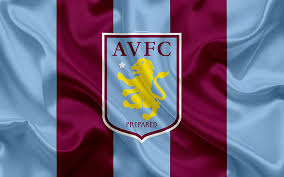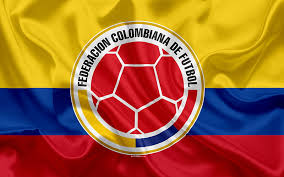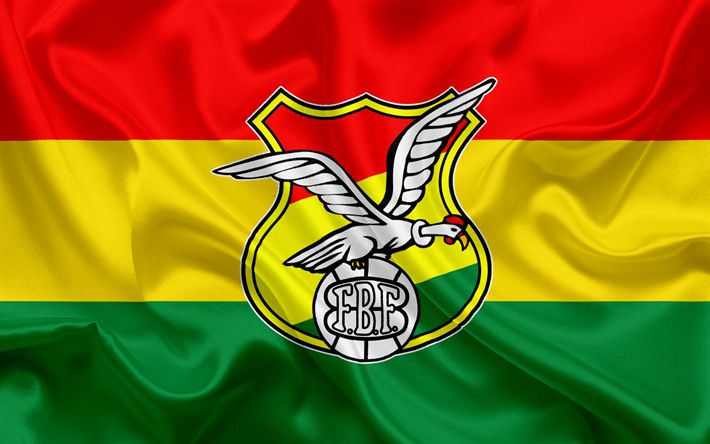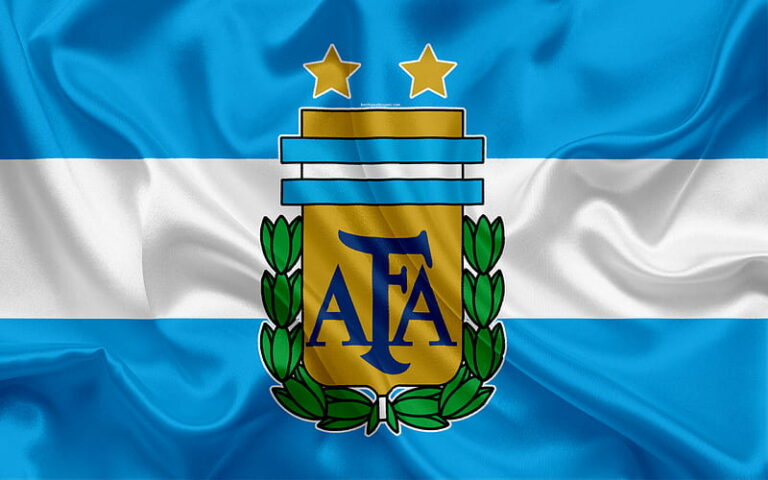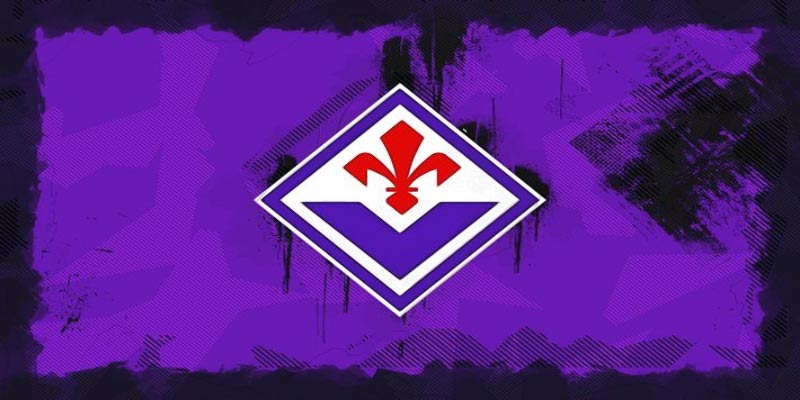
Fiorentina Club: Legacy, Passion, and a Bold Future
Fiorentina Club isn’t just a football team—it’s a vibrant symbol of Florence’s soul, passion, and resilience. From historic battles to breathtaking goals, the club has written its name into the heart of Italian football. With world-class talents gracing its iconic purple jersey, an electrifying fan base, and fierce rivalries that set stadiums alight, Fiorentina continues to evolve. The Artemio Franchi Stadium roars with dreams as young stars rise from its renowned academy. With legendary coaches in its past and bold plans ahead, Fiorentina Club is not just preserving tradition—it’s shaping the next chapter of football greatness.
History of Fiorentina Club
As we explore the historical journey of the Fiorentina Club, it’s essential to understand the socio-political and cultural context in which it emerged. Founded in a post-World War I Italy, Fiorentina represented the rebirth of a region rife with creativity and resilience.
Founding Years and Early Success
The inception of Fiorentina Club in 1926 marked a significant moment in Florentine sports history. The merging of two local clubs, Piante and Firenze Football Club, laid the foundation for what would become one of Italy’s most storied teams. With their iconic purple jersey, the team quickly gained traction, capturing the hearts of Florentines.
In the late 1930s, Fiorentina experienced its first taste of success by winning the Coppa Italia in 1941. This victory was monumental, establishing a legacy that the club would build upon in the years to come. The triumph also highlighted Fiorentina’s potential to compete at a higher level, paving the way for future glories.
Post-War Era and Golden Age
The aftermath of World War II saw Fiorentina emerge stronger and more focused than ever. The club’s golden era began in the late 1950s, with stellar performances leading to their first Serie A title in 1956. Key figures like Giuseppe Chiappella played crucial roles in this success, and the club’s identity started to take shape around a core of talented athletes.
During this period, Fiorentina Club established itself as a formidable force in Italian football, producing remarkable runs in domestic and European competitions. The arrival of notable players such as Kurt Hamrin and Giancarlo Antognoni further diversified the team’s playing style, emphasizing technical skill and tactical prowess.
Financial Challenges and Resilience
However, the road has not always been smooth for Fiorentina Club. The 2000s brought financial turmoil that threatened the club’s existence. The scandal of Calciopoli and subsequent relegation shook the very foundations of the organization. Nevertheless, the tenacity shown by fans, management, and players alike showcased the indomitable spirit that defines the Fiorentina Club.
Despite these challenges, the club successfully re-emerged from adversity and gradually regained its status in Serie A. The support from loyal fans, along with strategic investments, helped rebuild the team and strengthen its competitive edge.
Key Players in Fiorentina Club’s Success
Throughout its illustrious history, the Fiorentina Club has witnessed the emergence of numerous legendary players whose skills not only defined their careers but also left an indelible mark on the club’s legacy. It is essential to recognize the contributions of these athletes who shaped the narrative and fostered a winning mentality within the squad.
Legends of the Past
The richness of Fiorentina’s history is often best reflected through its legendary players. Figures like Giancarlo Antognoni, often celebrated as one of the greatest Italian midfielders, embodied the essence of the club during the 1970s and 1980s. His vision, leadership, and outstanding technical abilities made him a fan favorite and a symbol of loyalty to Fiorentina.
Another pivotal player is Kurt Hamrin, who dazzled the crowds in the 1950s and 60s with his exceptional dribbling and goal-scoring prowess. His contribution to Fiorentina’s first Scudetto and European Cup Final appearance solidified his status as a club icon. Fans remember him fondly, and he remains a part of Fiorentina folklore.
Modern Icons
Fast forward to the present day; players such as Gabriel Batistuta and Francesco Totti have left an unforgettable imprint on the Fiorentina Club. Batistuta, known as “Batigol,” mesmerized opponents with his powerful shots and innate ability to find the back of the net. He became the club’s all-time leading scorer and a talismanic figure during his tenure, playing a vital role in achieving consecutive successes in the early ’90s.
On the other hand, the emergence of players like Federico Chiesa and Dusan Vlahovic highlights Fiorentina’s commitment to nurturing young talent. Their ability to adapt and shine on the big stage has rekindled hope for fans yearning for a return to the club’s former glory days.
International Stars
Fiorentina has also attracted international stars who have contributed significantly to the club’s success. Players like Rui Costa and Adrian Mutu brought flair and creativity to the squad, captivating audiences with their playmaking abilities. Their time at Fiorentina not only showcased their talents but also helped elevate the club’s reputation on a global scale.
Ultimately, the influence of key players on Fiorentina Club is immeasurable. They encapsulate the spirit of the club and serve as role models for aspiring young talents, establishing a legacy that inspires future generations.
Fiorentina Club’s Home Stadium: Stadio Artemio Franchi
The heart and soul of Fiorentina Club can be felt emanating from its home ground, the iconic Stadio Artemio Franchi. This stadium has served as the backdrop for countless memorable moments in Fiorentina’s history, making it a revered site for fans and players alike.
Architectural Significance
Stadio Artemio Franchi, designed by the renowned Italian architect Pier Luigi Nervi, is a prime example of modernist architecture. Opened in 1931, the stadium showcases breathtaking features such as its distinctive arches and innovative design principles.
The aesthetics of the stadium are complemented by its capacity to accommodate over 40,000 spectators, offering an electric atmosphere that resonates with the fervor of Fiorentina’s devoted fan base. Each matchday transforms the venue into a cauldron of excitement, where anticipation fills the air, and the passion of the tifosi reverberates throughout.
Historical Moments
Over the decades, Stadio Artemio Franchi has been the stage for some of the most historic moments in Fiorentina’s journey. From dramatic comebacks to nail-biting finishes, the stadium has witnessed thrilling encounters and celebrated victories. It’s here that Fiorentina lifted numerous trophies, including domestic titles and international accolades, etching these memories into the hearts of fans.
One unforgettable highlight came when Fiorentina hosted a UEFA Cup final against Borussia Mönchengladbach in 1989. Although they ultimately lost the match, the spirit of the fans and the energy in the stadium epitomized the unwavering support that characterizes Fiorentina.
Renovations and Future Prospects
As time progresses, discussions surrounding the renovation or even potential relocation of the Stadio Artemio Franchi have emerged. While some cherish its historical significance, others advocate for modern facilities to cater to evolving needs in football. The future of the stadium remains uncertain, but it will undoubtedly play a crucial role in Fiorentina’s continued growth and aspirations.
Ultimately, the Stadio Artemio Franchi is not just a physical structure; it represents the dreams and aspirations of every Fiorentina supporter—a sanctuary where history meets the present and where the club’s legacy continues to flourish.
